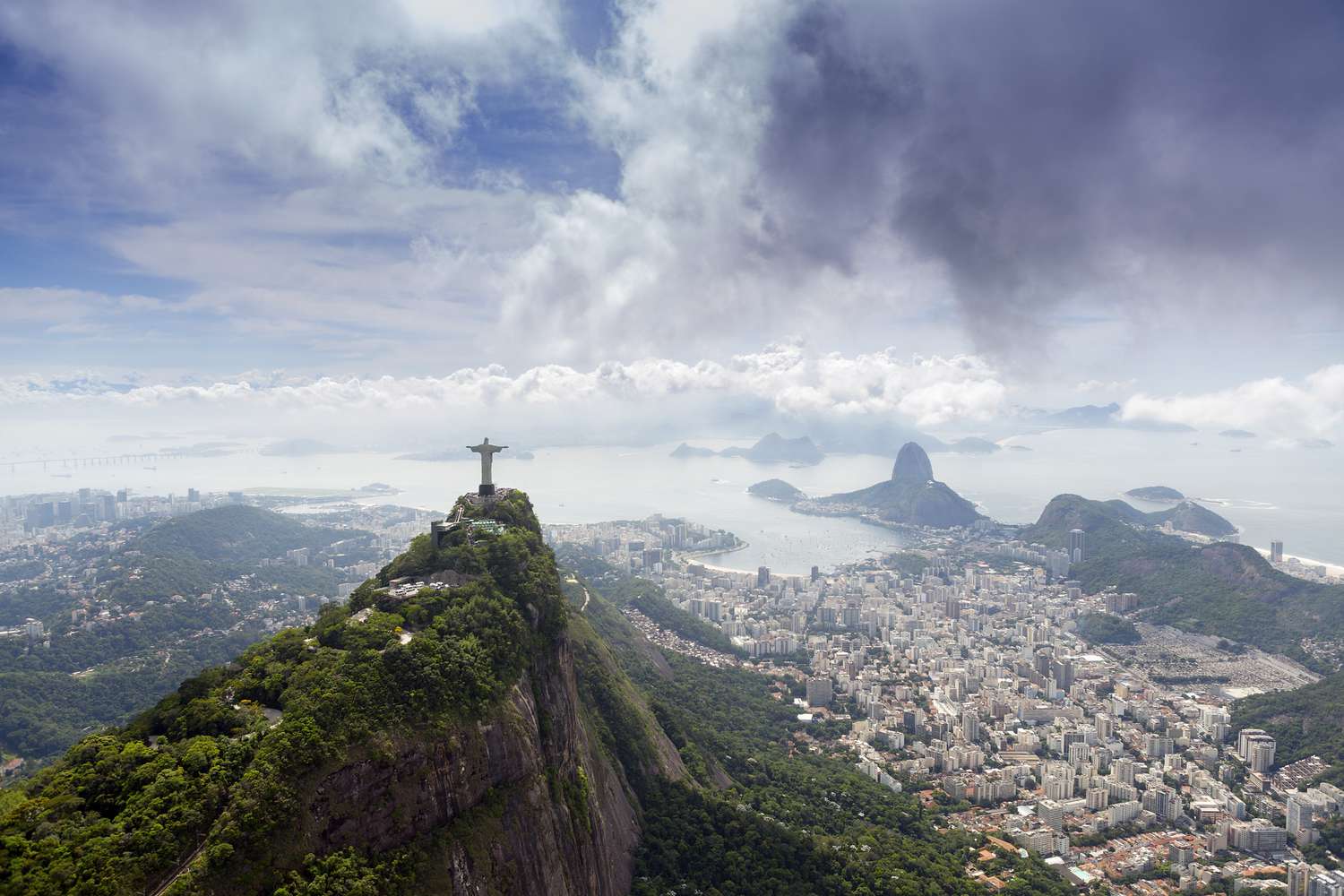Brazil is a country in transition. According to the International Monetary Fund’s (IMF) year-end 2020 data, it is ranked as the twelfth-largest economy in the world, with a GDP of US $1.363 trillion, but it continues to climb back from a devastating recession that was fueled by political uncertainty, high unemployment rates, and inflation, not to mention the ongoing effects of the global COVID-19 pandemic.
The IMF forecasts that Brazil’s economy will contract by approximately 3.7% in 2021. After being elected in 2018, President Jair Bolsonaro made pension reform a priority, but in 2019, consulting firm Kearney removed Brazil from its list of the 25 most reliable countries for foreigners investment—a list it had been on since its inception in 1998. However, it rejoined the index in 2020.
According to the consulting firm, Deloitte, in 2015, during the peak of its recession, foreign investment in Brazil dropped by a staggering 23% versus 2014. In 2016, it ticked up slightly, only to decline again in 2017. Investor enthusiasm has since improved, and investments had grown steadily since 2018, although it remains significantly off its recent peak of $101.2 billion in 2011, and experienced a precipitous drop in 2020 vs. 2019, due in large measure to the global pandemic.
Key Takeaways
- Brazil’s number-one export is soybeans. The country is the second-largest producer of iron ore in the world, and it produces more ethanol than Asia and Europe combined.
- Brazil has become a top-tier economy with a growing technology sector and an inward focus that should reduce commodity dependence.
- One of the primary risks of investing in Brazil is its political instability; it has a volatile political history that remains persistent even today.
- Opportunities to invest in Brazil include US-listed ETFs, American depository receipts (ADRs), and securities listed on Brazil’s own stock exchange.
Benefits
Like most emerging markets, investing in Brazil involves a trade-off between risk and reward because political instability and commodity dependence make it riskier than developed markets. International investors know Brazil best for its rich natural resources. According to the Observatory of Economic Complexity (OEC), Brazil’s number-one export is soybeans, and they account for nearly 14% of all the country’s exports, totaling $33.2 billion as of September 2020. In addition to its extensive offshore oil fields, the country is the second-largest producer of iron ore in the world, behind Australia, exporting $20.5 billion, and it produces more ethanol than Asia and Europe combined.
These resources help it cheaply produce a wide variety of industrial and consumer goods while serving as a key raw material supplier to countries like China, the US, and Argentina, which are its three top export destinations. China leads the way receiving $64.3 billion worth of Brazil exports, while the US and Argentina are distant contenders at $29.3 billion $15 billion, respectively.
Brazil also has a relatively stable economy. After taking steps toward fiscal stability and liberalizing its economy in the 1990s, Brazil has become a top-tier economy with a growing technology sector and an inward focus that should reduce commodity dependence.
note
The ever-increasing technology sector, along with the government’s increased spending to improve infrastructure, should be an encouraging sign for long-term investors.
Risks
One of the primary risks of investing in Brazil is its political instability; they have a somewhat volatile political history that remains persistent even today. In 2015 and 2016, many officials were tied to criminal activities in conjunction with the partially state-owned oil giant Petrobras.
These scandals led to then-president Dilma Rousseff being impeached and convicted in August 2016. Punishments against corporations involved in these scandals have limited some of their business opportunities, which has led to opportunities for foreign companies to step in and pick up where they left off .
Brazil is also more dependent on exports than developed countries like the US, while it also relies heavily on external financing. The commodity downturn has taken a toll on the economy as a result.
Best Ways To Invest
Opportunities to invest in Brazil range from US-listed exchange-traded funds (ETFs) to securities listed on its own stock exchange, Brasil Bolsa Balcão SA (B3). ETFs represent the easiest way to gain exposure. Popular Brazilian ETFs include:
- iShares MSCI Brazil Index ETF (NYSE: EWZ)
- VanEck Vectors Brazil Small-Cap Index ETF (NYSE: BRF)
- Global X Brazil Consumer ETF (NYSE: BRAQ)
Another way to invest in Brazilian stocks is by purchasing shares of American Depository Receipts (ADRs), which are priced in dollars and sold on US stock exchanges but represent shares of foreign companies. Brazil’s most popular ADRs include:
- Petroleo Brasileiro SA ADR (NYSE: PBR)
- Vale SA ADR (NYSE: VALE)
- Itaú Unibanco Holding SA ADR (NYSE: ITUB)
International investors looking for direct exposure can purchase Brazilian securities directly through many global trading platforms with access to the B3. Those looking to invest directly need to engage local entities to act as custodians on brokerage accounts and register with the Brazilian Central Bank and other regulatory and tax agencies.
note
The most popular index on the B3 is the Bovespa Index (IBovespa), which accounts for the majority of the exchange’s total market capitalization.
The Bottom Line
It is a good idea for any investor to diversify their portfolio, and one of the main ways to do so is by investing in international stocks. With a growing economy that’s recovering from a recession, Brazil is a country of interest for many potential investors. Before investing in Brazilian companies, it’s important to note the state of their political climate and the outlook of their export industry.
